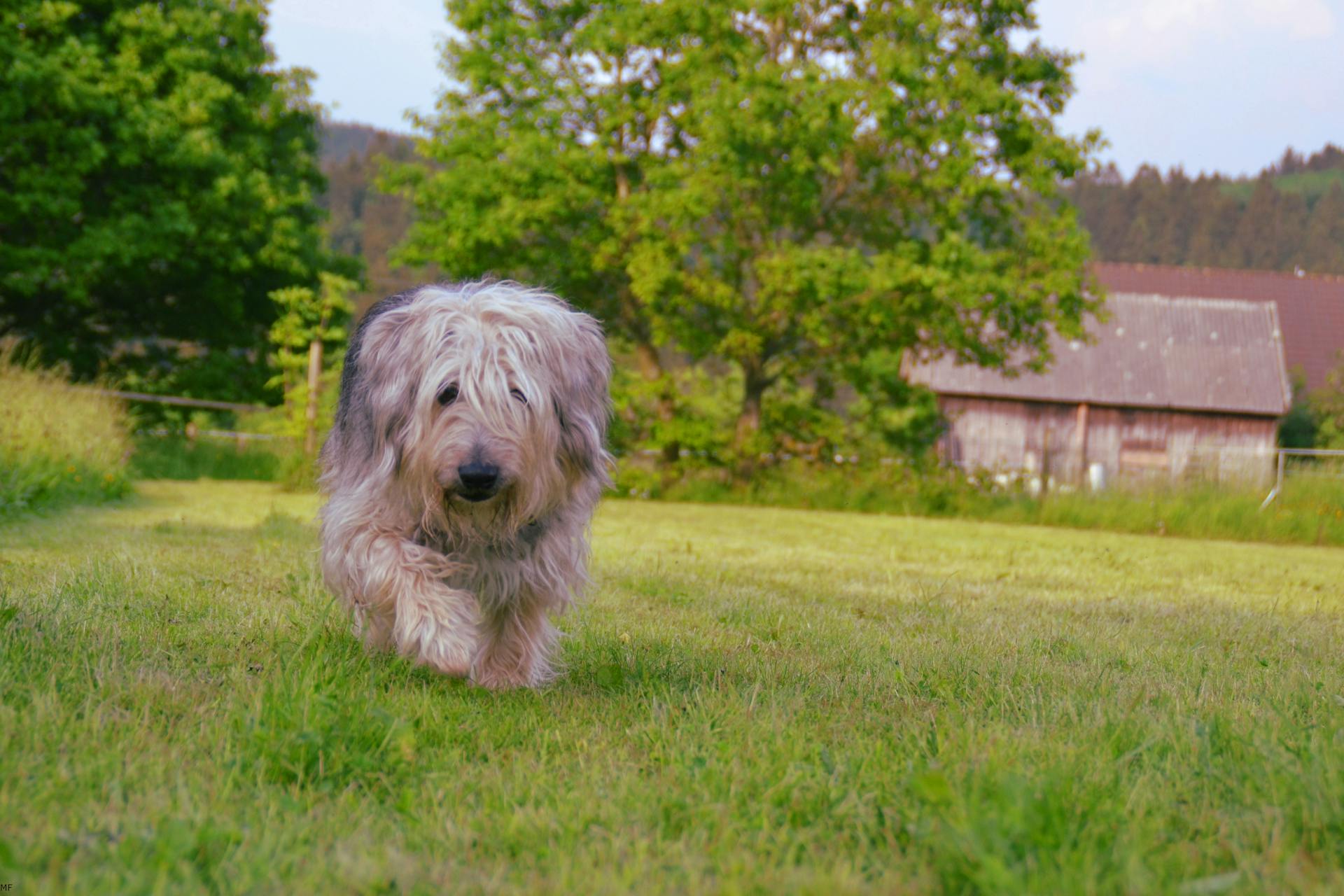
Building a strong bond with your dog is essential for a happy and healthy relationship. By understanding their natural behavior and instincts, you can create a more harmonious and loving connection.
Natural state dog training recognizes that dogs are pack animals and thrive on clear communication and boundaries. This approach helps you establish a strong leader-follower dynamic, which is essential for a well-behaved and well-adjusted dog.
A key principle of natural state dog training is to read your dog's body language, which can indicate their emotional state and needs. By paying attention to their posture, facial expressions, and vocalizations, you can respond in a way that meets their needs and reinforces positive behavior.
By using positive reinforcement techniques, such as treats and praise, you can encourage desired behaviors and strengthen your bond with your dog. This approach is based on the idea that rewards and affection can motivate your dog to behave in a way that pleases you.
What We Believe
We believe that dogs are born to be wild, and that domestication has only slightly altered their natural instincts. They have a strong prey drive and a natural pack mentality, which can be harnessed for training.
Dogs are highly intelligent and capable of learning quickly, but they also have a short attention span and can get easily distracted. Consistency and clear communication are key to successful training.
Positive reinforcement is a powerful tool in dog training, and it's based on the idea that good behavior should be rewarded, not punished. This approach helps build trust and strengthens the bond between dog and handler.
Dogs thrive on routine and clear boundaries, and they respond well to clear and consistent communication. By setting clear expectations and providing positive reinforcement, you can help your dog become a well-behaved and loyal companion.
Training Methods
Natural state dog training is all about understanding how dogs learn and interact with their environment. It's not about using verbal commands, but rather about mimicking nature and allowing dogs to read our energy, body language, and eye contact.
Verbal commands work in the "learned behavior" part of the brain, whereas natural state training taps into dogs' natural instincts. This approach helps owners connect with their dogs on a deeper level.
To teach your dog, you need to be aware of your nonverbal behavior cues, just like dogs read each other through energy, body language, and eye contact. By being mindful of your own behavior, you can create a more harmonious relationship with your dog.
Mimicking nature is key in natural state training, so owners need to learn how to read their dog's body language and energy. This helps dogs understand what their owners want from them.
Communication
Effective communication is key in natural state dog training. It's essential to understand canine body language to avoid misinterpreting your dog's intentions.
A wagging tail can mean excitement or anxiety, depending on the context and the speed of the wag. A slow, sweeping wag is often a sign of excitement, while a rapid, jerky wag can indicate anxiety.
Clear and consistent communication with your dog helps establish trust and builds a strong bond. Consistency is crucial in training, as dogs thrive on routine and clear expectations.
By paying attention to your dog's behavior and adjusting your communication style accordingly, you can create a more harmonious and effective training experience.
Featured Images: pexels.com


